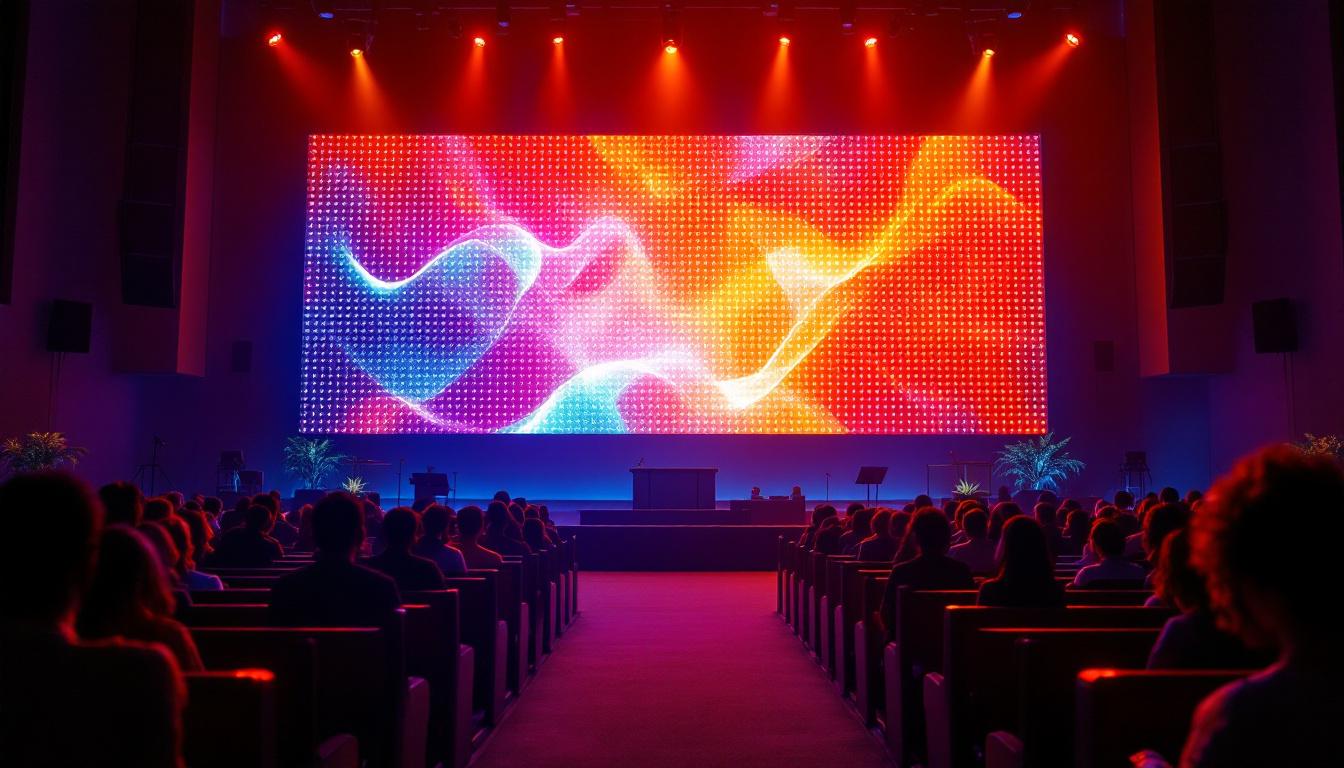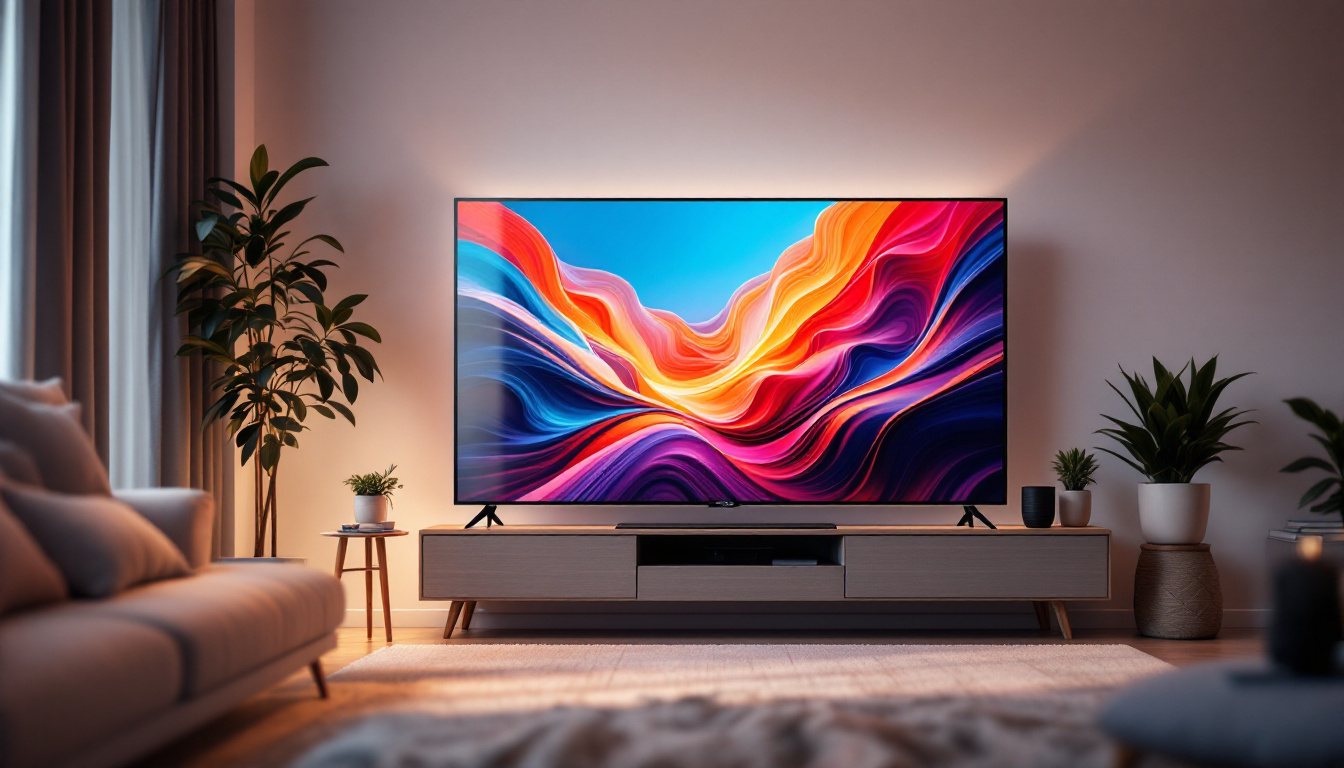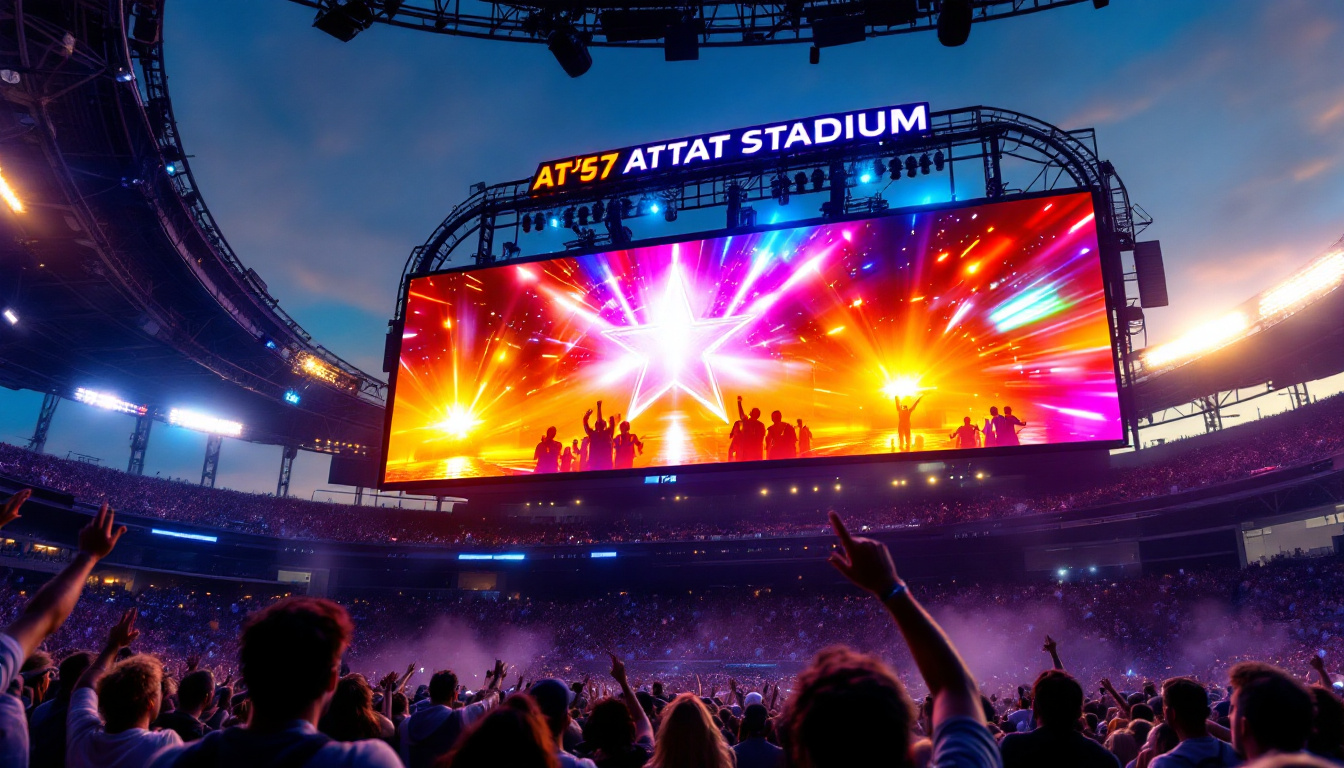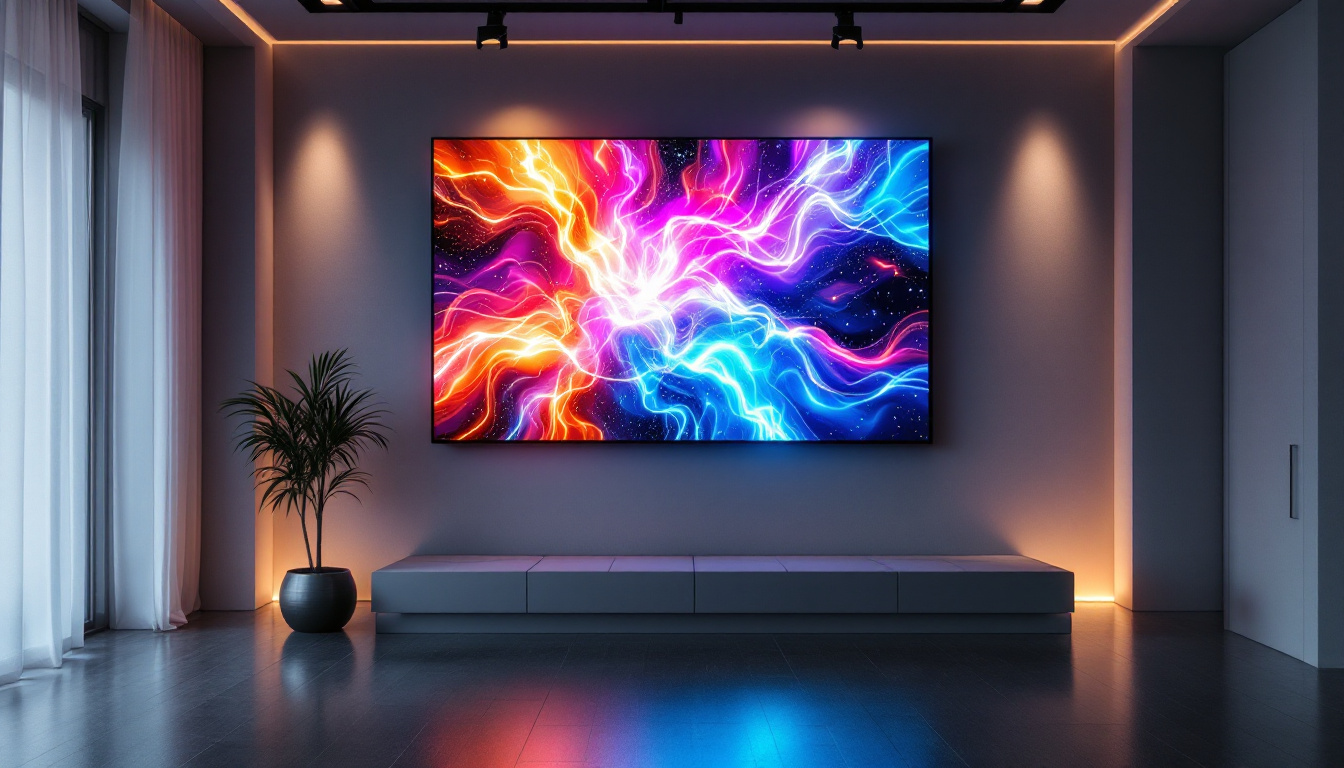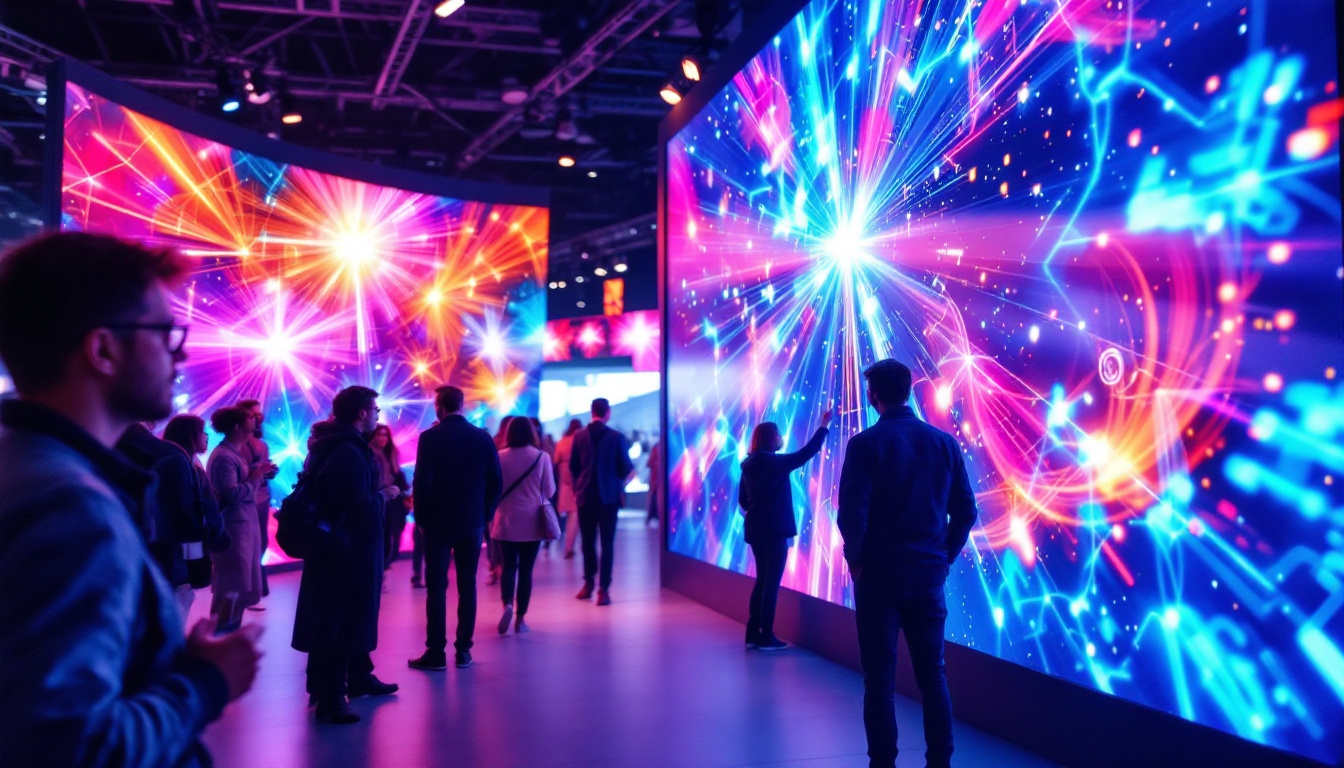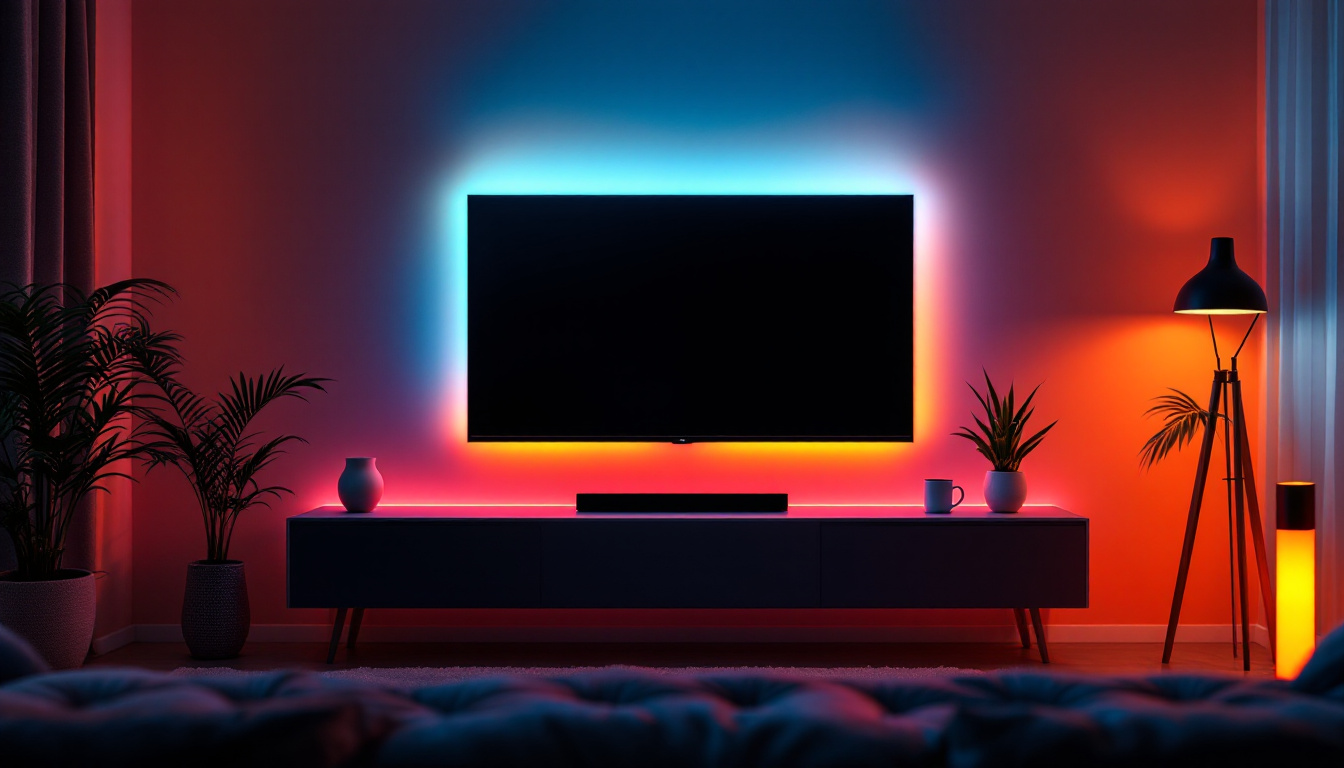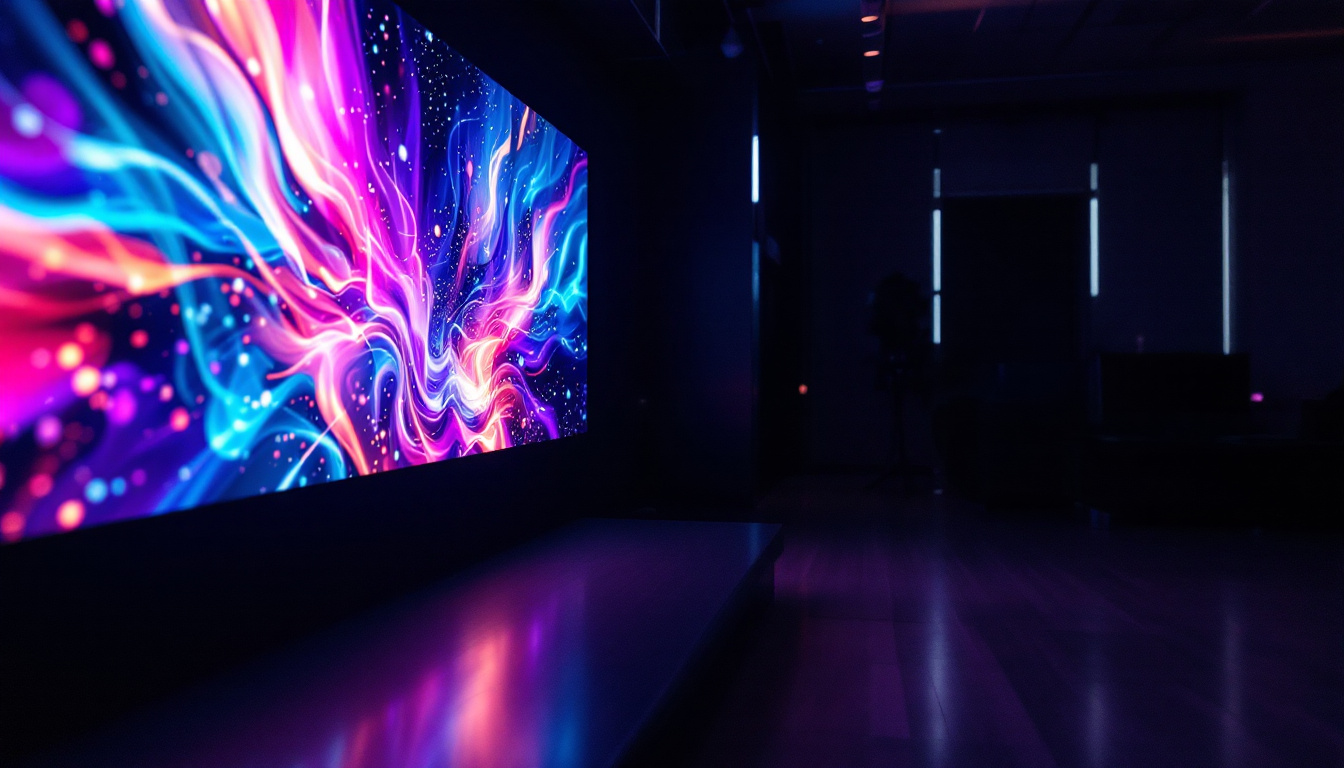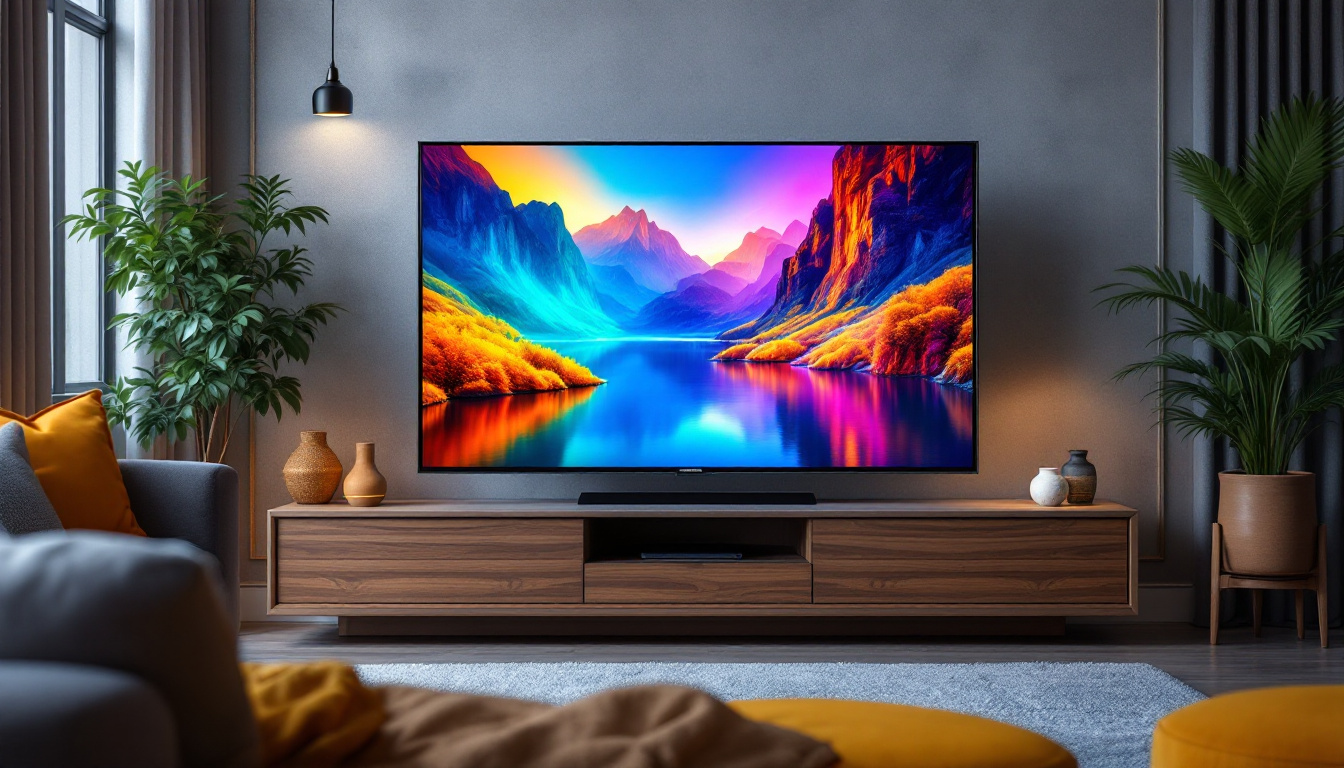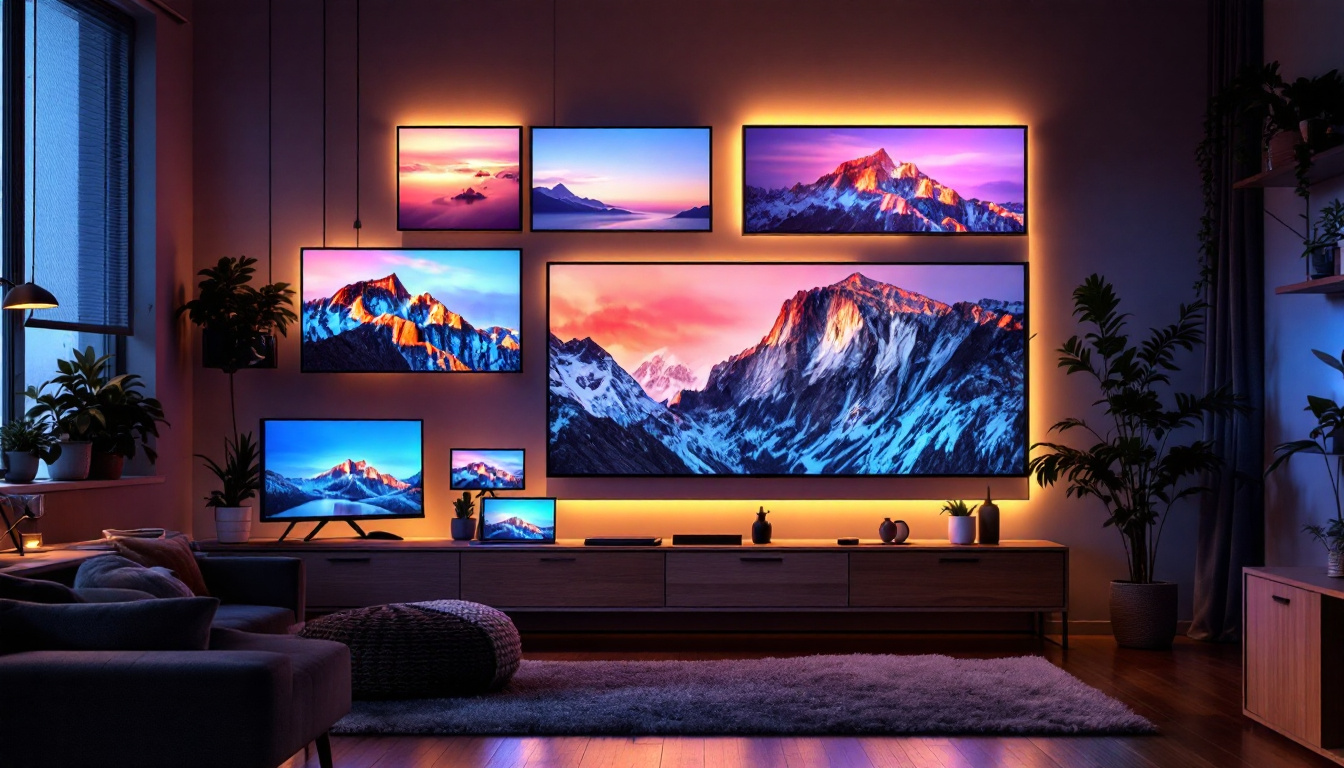In recent years, churches around the world have embraced technology to enhance worship experiences and community engagement. One of the most transformative advancements is the use of LED wall panels. These vibrant, dynamic displays offer a range of possibilities—from projecting lyrics and sermon notes to showcasing live video feeds and multimedia presentations. This article explores what LED wall panels are, their benefits for churches, how to select the right system, and best practices for installation and maintenance.
Understanding LED Wall Panels and Their Technology
LED wall panels are large-format display screens composed of numerous light-emitting diodes (LEDs) arranged in a grid. Unlike traditional projection systems or LCD screens, LED panels provide superior brightness, color accuracy, and viewing angles, making them ideal for large venues such as churches.
The technology behind LED panels involves tiny diodes that emit light when an electric current passes through them. These diodes can produce vivid colors and high contrast ratios, which remain consistent even in brightly lit environments. This means that worshippers can easily see content regardless of ambient lighting conditions.
Modern LED panels are modular, allowing multiple units to be combined seamlessly to create displays of virtually any size and shape. This flexibility enables churches to customize their visual setups to best fit their sanctuary’s architecture and congregation size.
Types of LED Panels Commonly Used in Churches
There are two primary types of LED panels used in church settings: indoor and outdoor panels. Indoor LED panels typically have a higher pixel density, providing sharper images at closer viewing distances. Outdoor panels, on the other hand, are designed to withstand weather conditions and have higher brightness levels to combat sunlight glare.
Within indoor panels, pixel pitch—the distance between pixels—is a critical factor. A smaller pixel pitch (e.g., 1.5mm to 2.5mm) offers higher resolution, ideal for close-up viewing in smaller sanctuaries. Larger pixel pitches (e.g., 3mm to 5mm) are suitable for bigger venues where viewers are seated further away.
Benefits of LED Wall Panels for Churches
Integrating LED wall panels into a church’s audiovisual setup offers numerous advantages that can significantly enhance the worship experience and operational efficiency.
Improved Visibility and Engagement
One of the most immediate benefits is improved visibility. LED panels provide bright, clear images that are easily visible from all seating areas, including balconies and side sections. This ensures that everyone in the congregation can follow along with lyrics, scripture readings, sermon points, and announcements without straining their eyes.
Moreover, the dynamic nature of LED displays allows churches to incorporate multimedia elements such as videos, animations, and live camera feeds. These engaging visuals can help maintain attention and create a more immersive worship environment.
Versatility and Customization
LED wall panels offer unparalleled versatility. They can be configured in various shapes and sizes to fit the unique architectural features of any church. Whether creating a single large backdrop behind the altar or multiple smaller displays throughout the sanctuary, LED panels adapt to diverse needs.
Content can be updated in real time, allowing for seamless transitions between different parts of the service. For example, lyrics can be displayed during worship songs, followed by sermon notes or video clips, all controlled from a central system.
Durability and Long-Term Cost Efficiency
LED panels are known for their longevity and low maintenance requirements. High-quality LED modules typically have a lifespan exceeding 100,000 hours, meaning a church can expect many years of reliable use without frequent replacements.
While the initial investment may be higher than traditional projection or LCD systems, the total cost of ownership is often lower due to reduced maintenance, energy efficiency, and the elimination of consumables like projector bulbs.
Energy Efficiency and Environmental Impact
LED technology is inherently energy-efficient, consuming significantly less power than conventional lighting or projection systems. This not only reduces operational costs but also aligns with many churches’ commitments to environmental stewardship.
Furthermore, LED panels generate less heat, contributing to a more comfortable environment and reducing the load on air conditioning systems.
How to Choose the Right LED Wall Panels for Your Church
Selecting the ideal LED wall panel system requires careful consideration of several factors to ensure the display meets the church’s specific needs.
Assessing Sanctuary Size and Viewing Distance
The size of the sanctuary and the typical viewing distance are critical in determining the appropriate pixel pitch and display dimensions. For smaller churches with seating within 20 feet of the screen, a fine pixel pitch (1.5mm to 2.5mm) ensures crisp, legible text and detailed images.
Larger sanctuaries with seating extending beyond 50 feet can utilize panels with a wider pixel pitch (3mm to 5mm), which still deliver clear visuals at greater distances while being more cost-effective.
Brightness and Ambient Lighting Conditions
Consider the lighting environment inside the church. Spaces with large windows or bright lighting require LED panels with higher brightness levels (measured in nits) to maintain visibility. Indoor LED panels typically range from 800 to 1,500 nits, while outdoor-grade panels can exceed 5,000 nits.
Some churches also use dimmable LED systems that adjust brightness automatically based on ambient light, enhancing viewing comfort and energy savings.
Content Management and Integration
Evaluate how the LED panels will integrate with existing audiovisual equipment and content management systems. Many LED displays support standard video inputs such as HDMI and SDI and are compatible with popular church presentation software.
Look for systems that offer user-friendly interfaces, allowing church staff or volunteers to easily update content without extensive technical knowledge.
Installation and Structural Considerations
LED wall panels can be mounted on walls, suspended from ceilings, or installed on custom-built frames. It is essential to assess the structural integrity of the installation site and ensure proper ventilation and access for maintenance.
Professional installation is recommended to guarantee safety, optimal performance, and longevity of the system.
Best Practices for Installation and Maintenance
Proper installation and ongoing maintenance are vital to maximize the benefits of LED wall panels and protect the church’s investment.
Professional Installation and Calibration
Engaging experienced AV professionals ensures that the LED panels are installed securely, aligned perfectly, and calibrated for optimal color accuracy and brightness uniformity. Calibration involves adjusting color balance and brightness to create a seamless image across all panels.
Additionally, professional installers can integrate the LED system with the church’s audio and lighting controls for a cohesive worship environment.
Routine Cleaning and Inspection
Dust and dirt accumulation can diminish image quality and potentially damage LED modules. Regular cleaning with soft, dry cloths or specialized cleaning solutions helps maintain brightness and clarity.
Periodic inspections should check for loose connections, damaged modules, or software updates to prevent unexpected failures during services.
Training Staff and Volunteers
Providing training for church staff and volunteers on operating the LED system ensures smooth content transitions and quick troubleshooting. Clear documentation and access to technical support can reduce downtime and enhance the overall worship experience.
Case Studies: Churches Benefiting from LED Wall Panels
Several churches have successfully integrated LED wall panels to transform their worship spaces and community outreach.
Large Urban Church Enhances Engagement
A metropolitan church with a sanctuary seating over 1,000 installed a 20-foot wide indoor LED wall with a 2.5mm pixel pitch. The display supports live video feeds, sermon slides, and worship lyrics, dramatically improving visibility for all attendees. The church reports increased engagement and positive feedback from congregants who appreciate the clear, vibrant visuals.
Historic Church Modernizes Without Compromise
A historic church sought to modernize its audiovisual capabilities without altering its architectural charm. By installing modular LED panels behind a decorative frame, the church preserved its aesthetic while benefiting from dynamic content display. The system’s flexibility allows for seasonal themes and multimedia presentations that enrich services and special events.
Community Outreach Through Outdoor LED Displays
Another church installed outdoor LED panels on its facade to broadcast announcements, event promotions, and inspirational messages to the neighborhood. This initiative has increased community awareness and participation in church activities, demonstrating the power of LED technology beyond the sanctuary walls.
Future Trends in LED Display Technology for Churches
The LED display industry continues to evolve, offering exciting possibilities for churches seeking to stay at the forefront of worship technology.
Higher Resolution and MicroLED Innovations
Emerging microLED technology promises even higher resolution and energy efficiency, with smaller pixel pitches enabling crystal-clear images at close range. This will benefit churches with intimate worship spaces or those incorporating interactive displays.
Integration with Augmented Reality and Interactive Features
Future LED systems may integrate augmented reality (AR) elements and touch interactivity, allowing congregants to engage with content in new and meaningful ways. For example, interactive scripture displays or real-time prayer requests could become part of the worship experience.
Smarter Content Management and Automation
Advancements in AI-driven content management systems will enable automated scheduling, personalized messaging, and dynamic visual effects synchronized with music and lighting, further enriching services without increasing staff workload.
Conclusion
LED wall panels represent a powerful tool for churches aiming to enhance worship experiences, improve communication, and foster community engagement. Their superior brightness, flexibility, and durability make them an ideal choice for sanctuaries of all sizes and styles. By carefully selecting the right system, investing in professional installation, and maintaining the panels properly, churches can enjoy vibrant, impactful displays that support their mission for years to come.
As technology advances, LED displays will continue to offer innovative ways to connect congregations and elevate spiritual gatherings, making them a worthwhile investment for any modern church.
Discover LumenMatrix LED Display Solutions for Your Church
Ready to transform your worship space with the vibrant and immersive power of LED wall panels? LumenMatrix is at the forefront of LED display technology, offering a wide array of solutions tailored to your church’s needs. From Indoor and Outdoor LED Wall Displays to Custom and All-in-One LED Displays, our products are designed to captivate your congregation and enhance your community’s worship experience. Embrace the future of visual communication with LumenMatrix and check out our LED Display Solutions today.

